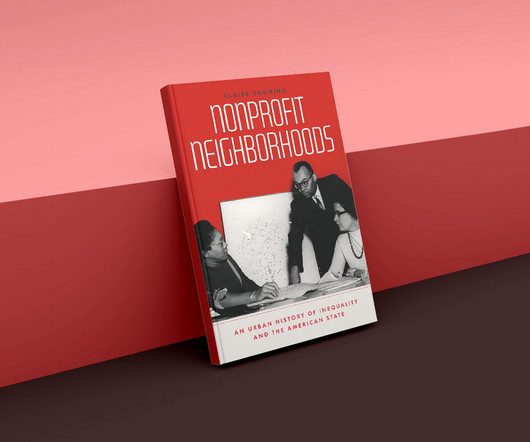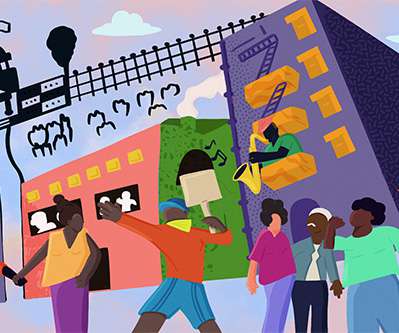??How Community-Based Public Space Can Build Civic Trust: Lessons from Akron
NonProfit Quarterly
OCTOBER 24, 2023
Ongoing neglect and isolation led to entrenched, concentrated poverty and a growing distrust of civic leaders. That changed when a team from Reimagining the Civic Commons decided to reinvigorate public spaces in Akron’s systemically disinvested neighborhoods, including Summit Lake. The city’s Black business district was devastated.
















Let's personalize your content